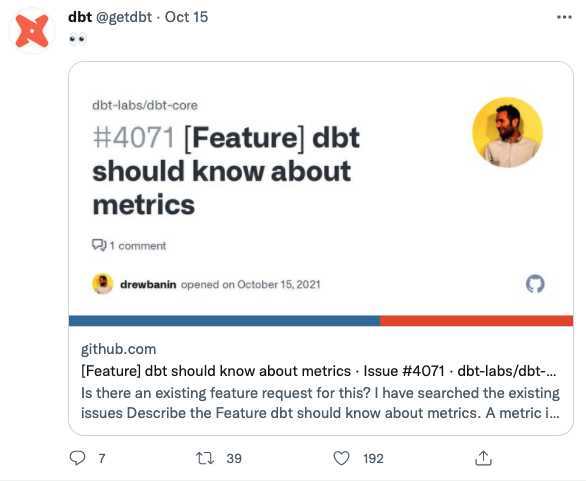So You Want to Build a dbt Package
Packages are the easiest way for a dbt user to contribute code to the dbt community. This is a belief that I hold close as someone who is a contributor to packages and has helped many partners create their own during my time here at dbt Labs.
The reason is simple: packages, as an inherent part of dbt, follow our principle of being built by and for analytics engineers. They’re easy to install, accessible and at the end of the day, it’s just SQL (with sprinklings of git and jinja). You can either share your package with the community or just use it among your teams at your org.
So I challenge you after reading this article to test out your skillsets, think about the code that you find yourself reusing again and again, and build a package. Packages can be as complex as you would want; it’s just SQL hidden in the mix of reusable macros and expansive testing frameworks. So let’s get started on your journey.









